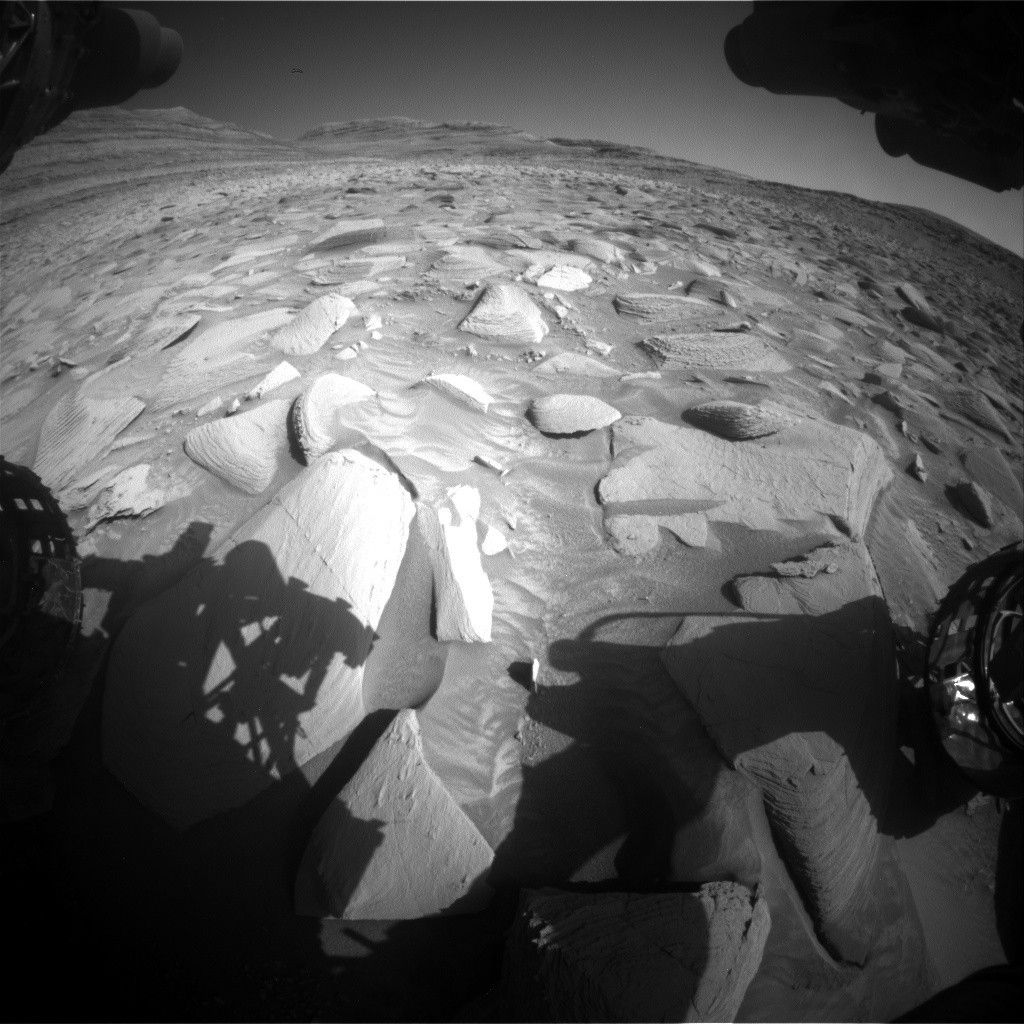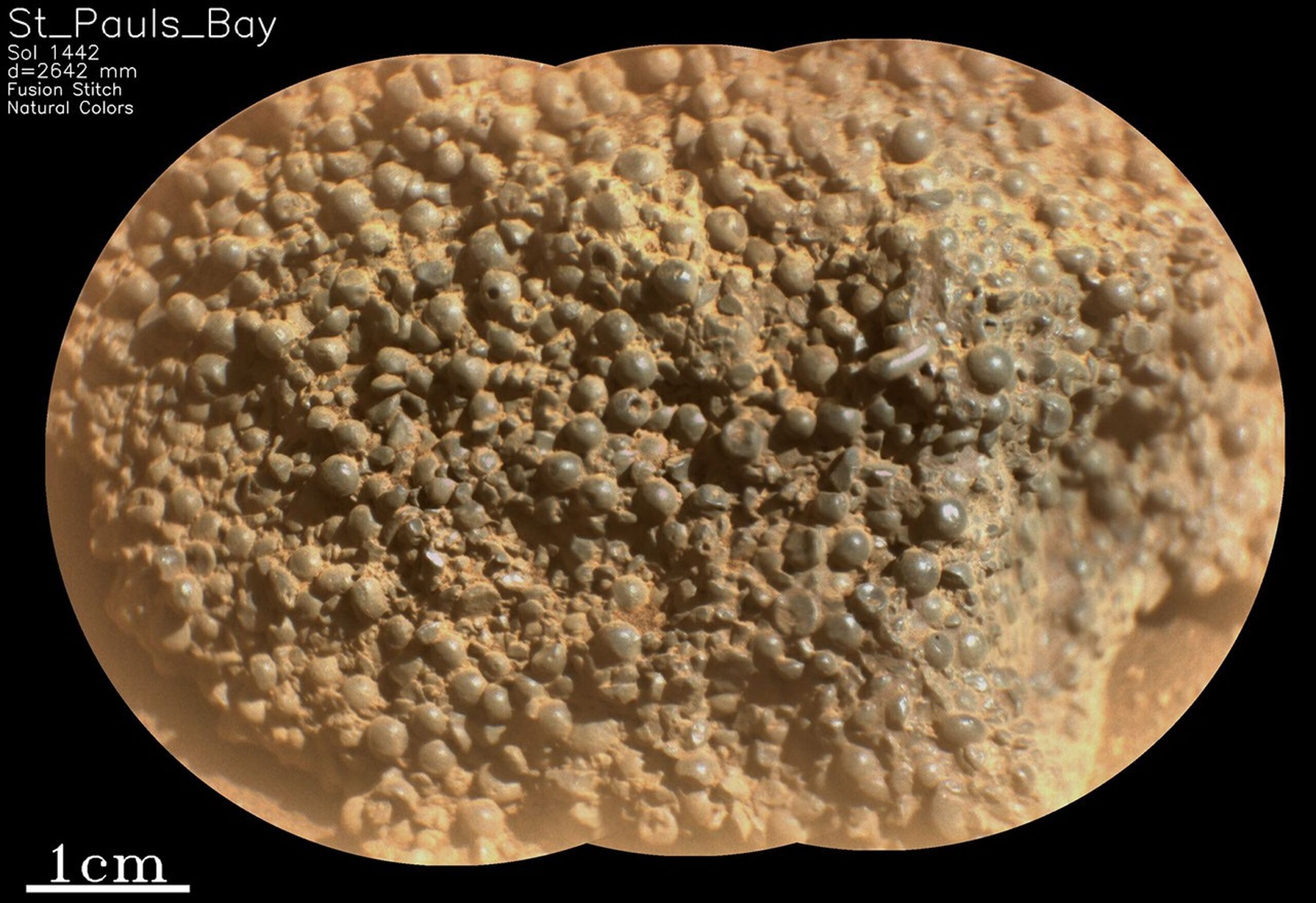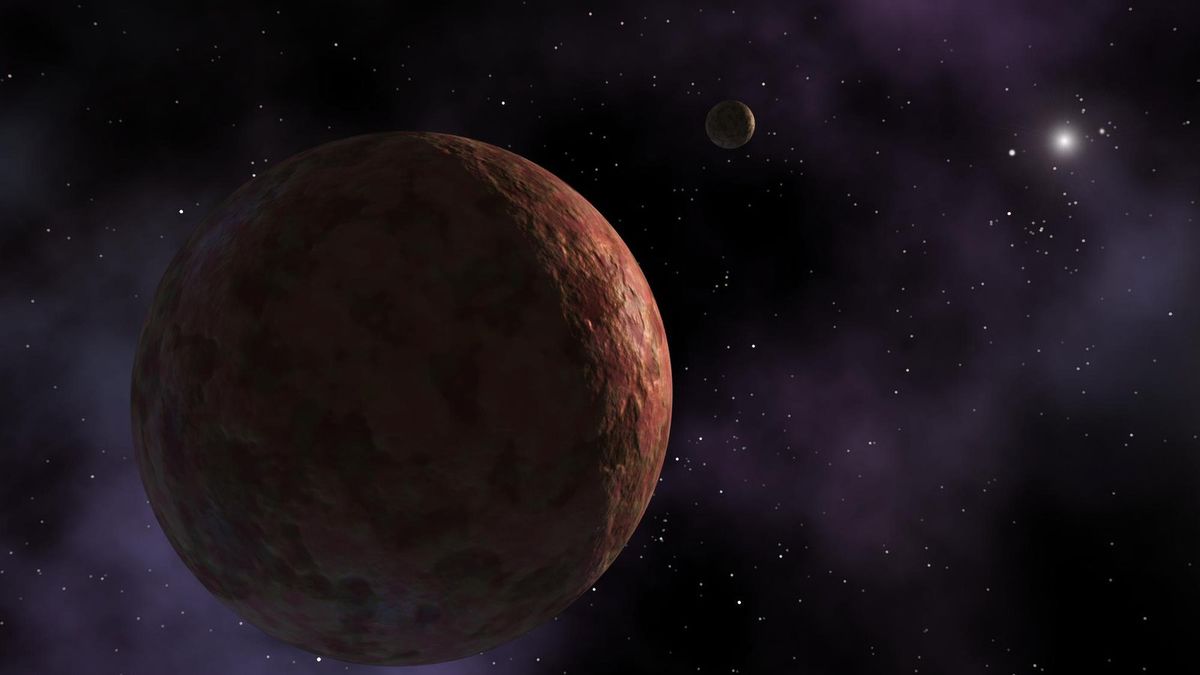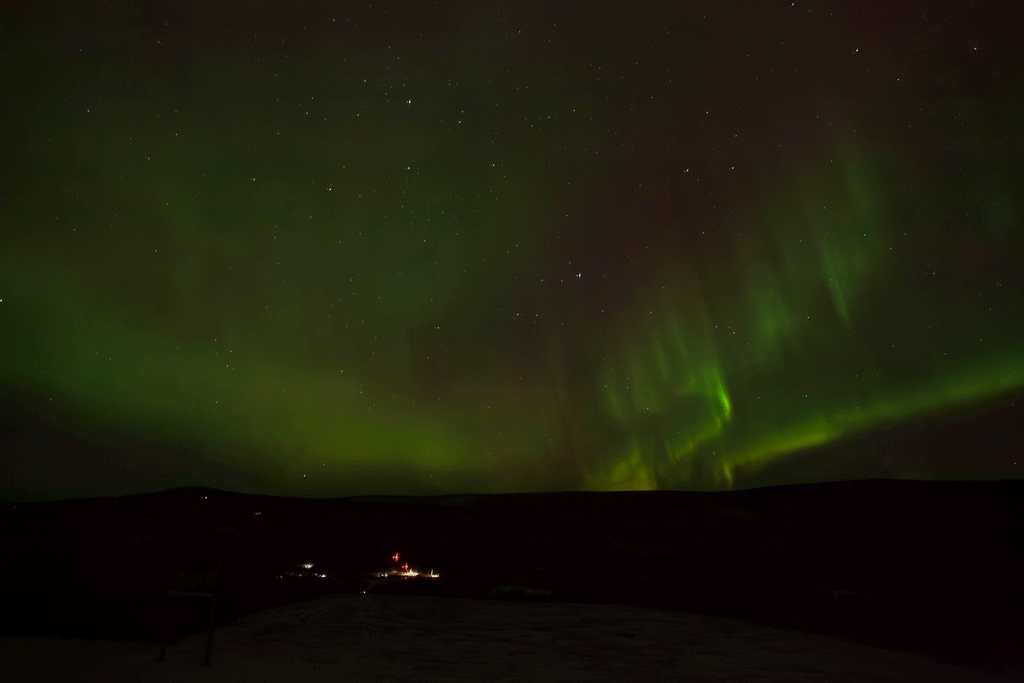“Star Trek” royalty Nichelle Nichols passed away in 2022 but her legacy endures. Most well-known for her her memorable portrayal of Communications Officer Lt. Nyota Uhura in “Star Trek: The Original Series” and six final frontier feature films, Nichelle Nichols has now inspired a new educational endeavor fueled to blast off next year via the Nichelle Nichols Foundation. The Nichelle Nichols Space Camp launches from January 17-19, 2026 at the U.S. Space & Rocket Center in Huntsville, Alabama, with its upcoming class of students ready to take that brave step…
Read MoreAuthor: NeRD
Dark skies and epic Winter Star Party — why the Florida Keys are more than just a Spring Break destination
If you’re looking for the best locations for astrophotography and skywatching, look no further than the Florida Keys. A 125-mile string of tropical coral islands linked by bridges that stretches into the shallow waters of the Florida Straits and the Gulf of Mexico, it’s home to fishing, boating and snorkeling, but also stargazing. Related: Night sky for tonight: Visible planets, stars and more in this evening’s sky As well as some of the darkest skies on the U.S. East Coast, it’s also the nation’s southernmost point. At 24.5 degrees north,…
Read MoreSols 4486-4487: Ankle-Breaking Kind of Terrain!
Curiosity Navigation Curiosity Home Mission Overview Where is Curiosity? Mission Updates Science Overview Instruments Highlights Exploration Goals News and Features Multimedia Curiosity Raw Images Images Videos Audio Mosaics More Resources Mars Missions Mars Sample Return Mars Perseverance Rover Mars Curiosity Rover MAVEN Mars Reconnaissance Orbiter Mars Odyssey More Mars Missions Mars Home 3 min read Sols 4486-4487: Ankle-Breaking Kind of Terrain! NASA’s Mars rover Curiosity acquired this image using its Front Hazard Avoidance Camera (Front Hazcam) on March 18, 2025 — sol 4484, or Martian day 4,484 of the Mars…
Read MoreShocking Spherules!
Explore This Section Perseverance Home Mission Overview Rover Components Mars Rock Samples Where is Perseverance? Ingenuity Mars Helicopter Mission Updates Science Overview Objectives Instruments Highlights Exploration Goals News and Features Multimedia Perseverance Raw Images Images Videos Audio More Resources Mars Missions Mars Sample Return Mars Perseverance Rover Mars Curiosity Rover MAVEN Mars Reconnaissance Orbiter Mars Odyssey More Mars Missions Mars Home 3 min read Shocking Spherules! Written by Alex Jones, Ph.D. candidate at Imperial College London Last week the Perseverance Science Team were astonished by a strange rock comprised of…
Read MoreCAS Discovery and Foresight
4 min read Preparations for Next Moonwalk Simulations Underway (and Underwater) A NASA researcher and innovation architect from the Convergent Aeronautics Solutions project Discovery team collaborating at a whiteboard during a visit to Chapel Hill, N.C. on Aug. 13, 2024. NASA / Ariella Knight Convergent Aeronautics Solutions (CAS) Discovery identifies problems worth solving for the benefit of all. We formulate “convergent” problems—across multiple disciplines and sectors—and build footholds toward potentially transformative opportunities in aeronautics. As aeronautics rapidly advances, it is increasingly intersecting with other sectors like energy, healthcare, emergency response,…
Read MoreIs Netflix’s ‘The Electric State’ a sci-fi retelling of ‘The Wizard of Oz’?
The Russo Brothers, those money-making MCU maestros and their mega-budgeted sci-fi adventure, “The Electric State,” are receiving much unkind criticism from fans and pundits, some of it possibly deserved and some unfairly served up in a complicated miasma of vitriolic opinion. Ah, such is the state of modern Hollywood these days as it seems there’s always misdirected anger afoot aimed at most popular entertainment. Whatever your opinion is of Netflix’s loose $320 million adaptation of visionary Swedish artist and author Simon Stålenhag’s 2018 illustrated novel of a war-torn America in…
Read MoreChina now has a ‘kill mesh’ in orbit, Space Force vice chief says
The United States is approaching a turning point in space security, and needs to step up its game before Russia and China close the gap in capabilities, a U.S. Space Force general said. Vice Chief of Space Operations Gen. Michael Guetlein spoke at the 16th annual McAleese “Defense Programs” Conference in Arlington, Virginia on Tuesday (March 18), warning the Space Force needs to rethink how it defends the country’s satellites. Space Force should shift its focus from managing spacecraft in support of defense infrastructure on the ground, to growing its…
Read MoreHow the James Webb Space Telescope is helping size up tiny dwarf planets
A surprising chemical difference between Pluto and Sedna, another dwarf planet in the distant Kuiper Belt, is helping scientists nail down their respective masses, a new study reports. The Kuiper Belt is a region in space beyond the orbit of Neptune that’s home to Pluto and most of the known dwarf planets, as well as some comets that are thought to be relics of the solar system’s planet-formation era. “Kuiper Belt objects are icy worlds [that] can tell us what conditions were like billions of years ago,” explained study lead…
Read MoreMaking Ripples
A dolphin’s dorsal fin cuts through the water in the Launch Complex 39 Area turn basin at NASA’s Kennedy Space Center in Florida.
Read MoreNASA to Launch Three Rockets from Alaska in Single Aurora Experiment
4 min read NASA to Launch Three Rockets from Alaska in Single Aurora Experiment Three NASA-funded rockets are set to launch from Poker Flat Research Range in Fairbanks, Alaska, in an experiment that seeks to reveal how auroral substorms affect the behavior and composition of Earth’s far upper atmosphere. The experiment’s outcome could upend a long-held theory about the aurora’s interaction with the thermosphere. It may also improve space weather forecasting, critical as the world becomes increasingly reliant on satellite-based devices such as GPS units in everyday life. Colorful ribbons…
Read More






